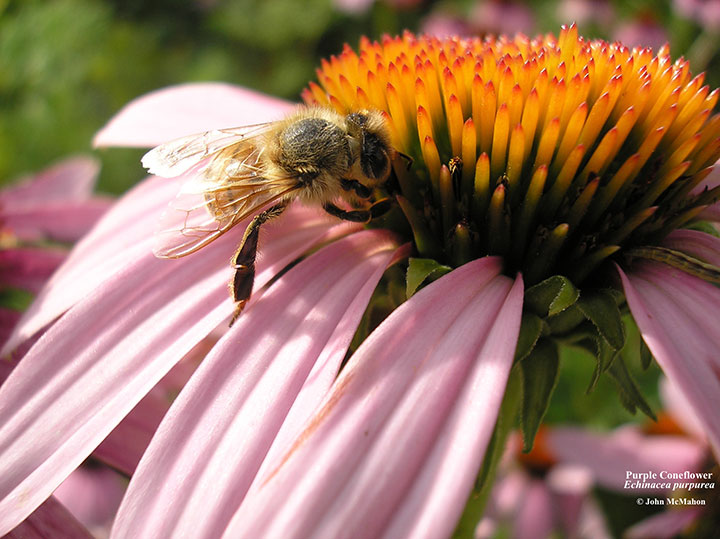NO MOW MAY
Sustainable Saratoga has joined a nation-wide effort to encourage all homeowners, farmers, municipalities, highway departments, & businesses to take ACTION to help our highly AT RISK Pollinators
How To Get Your NO MOW MAY Yard Sign
Pick Up at 160 Spring Street, Saratoga Springs, NY.
Signs are on the front porch, no need to knock. Pay cash, check or online.
CLICK HERE to pay for a sign in advance and pick up at the above location (sorry, we cannot deliver or ship)
$10 donation per sign to offset sign & stand costs
Email us at pollinators@sustainablesaratoga.org if you have questions.
Action Plan: Take No Action!
During the critical month of MAY, Sustainable Saratoga asks you to participate in NO MOW MAY. That means keeping your mowers in your garages or sheds and letting your lawns go natural in May. This critical transition month allows the bees, moths, butterflies and other pollinators to safely exit their winter ground homes and find the only nectar nourishment available during May… nectar from beautiful clover (great nitrogen source for lawns), cheerful dandelions, native lovely violets and the few other wildflowers that bloom in early spring.
Across the country, communities who have launched NO MOW MAY have experienced increases in bee and butterfly populations (up to five times more bees and three times more bee species) just by taking the Month of May off… no mowing, no pesticides and no herbicides.
Our Earth’s pollinators and all insects are fighting for their very existence. Pesticides and habitat loss are the primary killers of these vital insects who pollinate 70 of 100 USA major crops
- In 2021, we lost 45% of bee colonies in the USA
- Since 1998, 88% of Monarch Butterflies disappeared in the Eastern USA
- 95% of Monarchs have perished in the Western USA
Want to help pollinators all summer long? Make some changes to your lawn and lawn care routine.
Do not use pesticides or herbicides of any kind (not even “organic”) on your lawn. Read our post about sustainable, pesticide-free lawn care.
Mow less often. The USDA recommends a reduced mowing schedule. Mowing every two weeks instead of weekly gives lawn flowers like dandelions and clover a little more time to grow and blossom, resulting in more nourishment for pollinating insects.
Rethink your lawn and consider alternatives to non-native turf grass. Or maybe you’re ready to take the plunge and turn your lawn (or part of it) into a meadow, or turn your entire front yard into a pollinator paradise.
Read our No Mow May blog posts for more critical information
Join us in supporting pollinators this No Mow May
NO MOW MAY: Rest your lawnmower in May and give bees a chance






